Since photography equipment is expensive, many photographers choose to buy used gear – both beginners and experienced photographers. Lenses are great to buy used, if the condition is great as it can help to save more than 50 percent of the original cost. Here some things to keep in mind when buying used gear.
These 10 tips will ensure you have the best possible buying experience while getting a great deal!
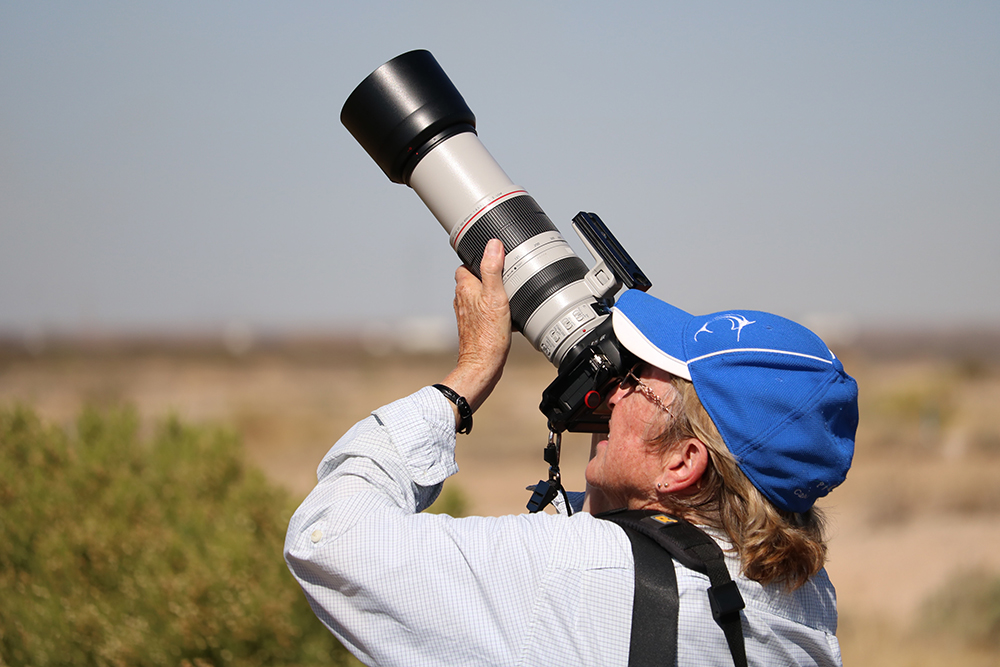
1. Check Your Source
There are many ways to buy used gear, from local camera stores, online retailers that sell used, eBay, Craigslist and photography message boards. Know who you're buying from and how reputable they are, especially with eBay and message boards.
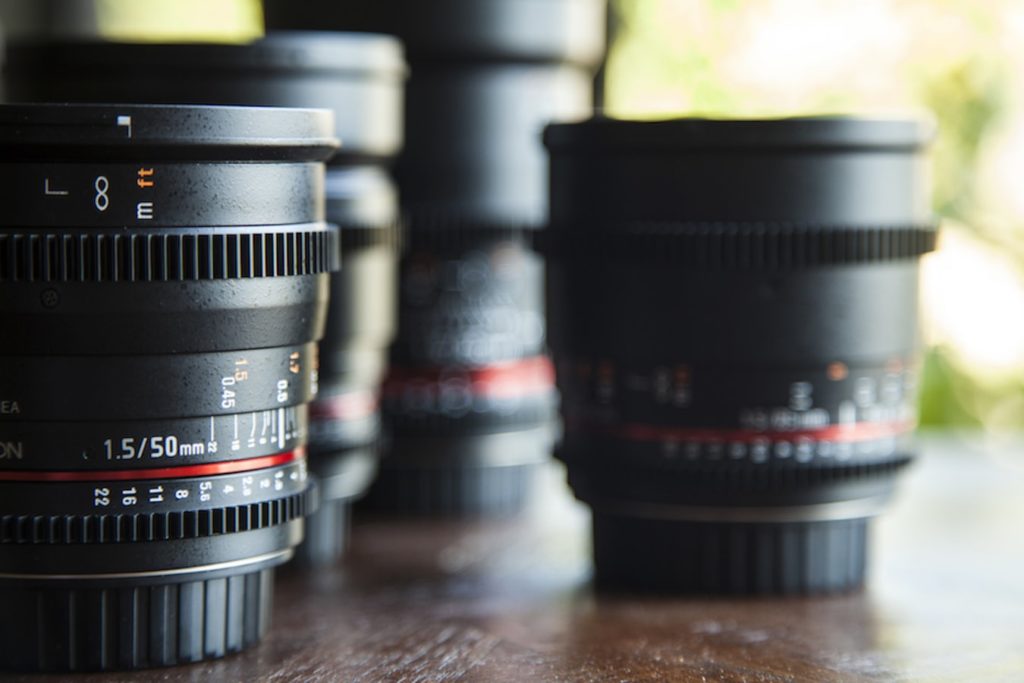
2. Physical Damage
It's not uncommon for there to be minor wear from hands, sweat and the elements on a lens's body, but dings are no good. Likewise, check for scratches in the glass on both ends.
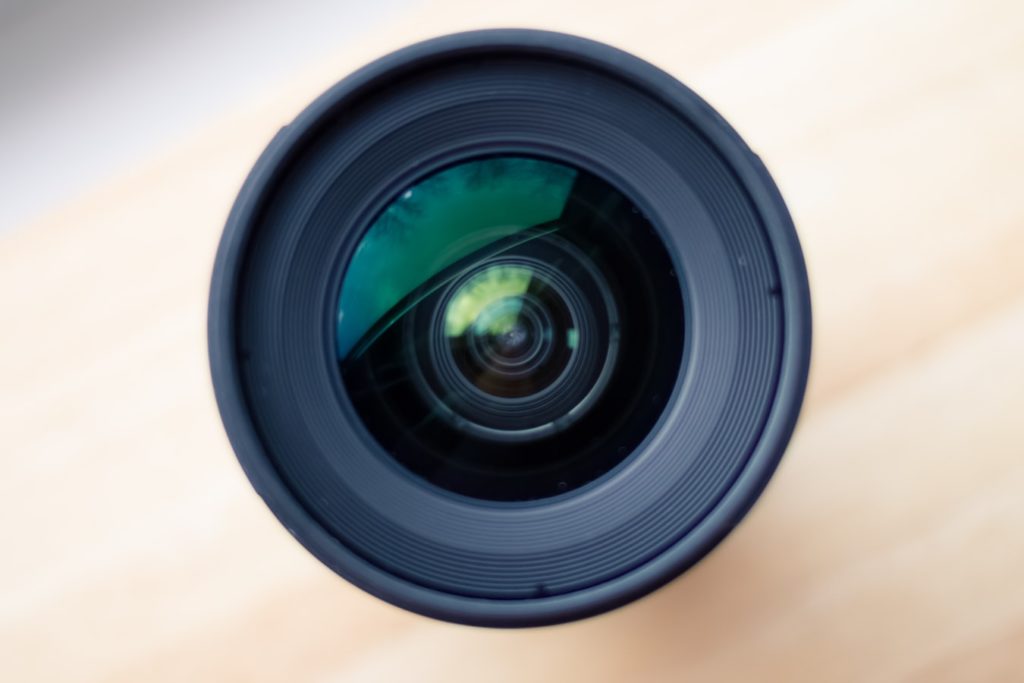
3. Shine Some Light Through It
Hold a small flashlight at one end and look through the other end. Not all lenses are made the same and it's possible for dust to get inside. While minor dust usually doesn't affect picture quality, larger specks or clumps will and require an expensive cleaning process.
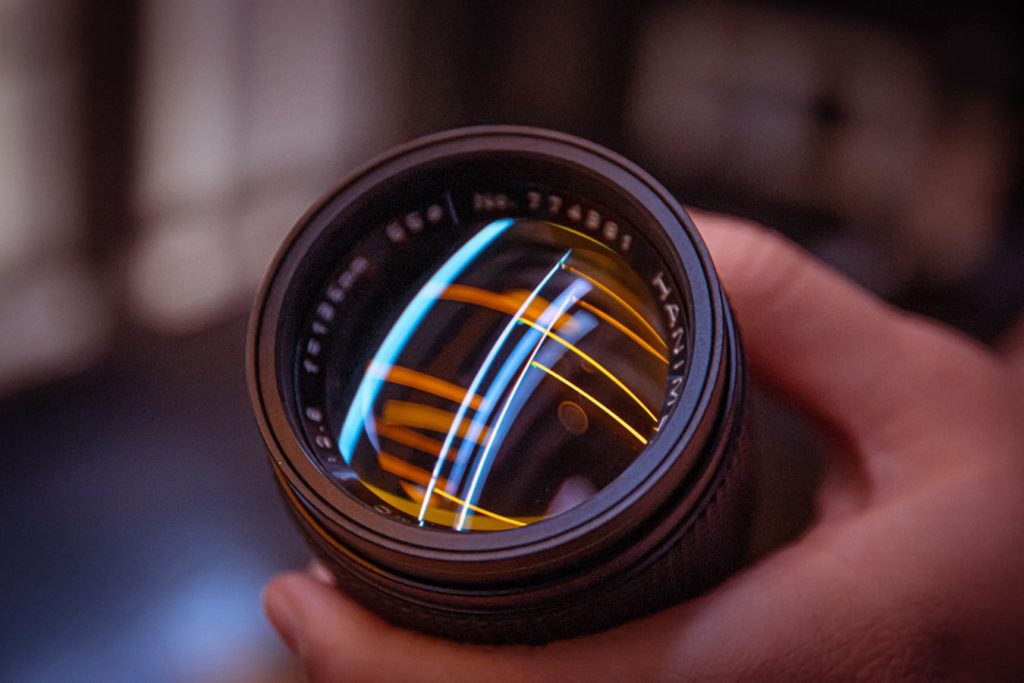
4. Aperture Blades
Change the aperture setting to make sure the blades inside the lens move smoothly and have no damage or oil on them. For most modern lenses you'll need to mount the lens to a body to check them.
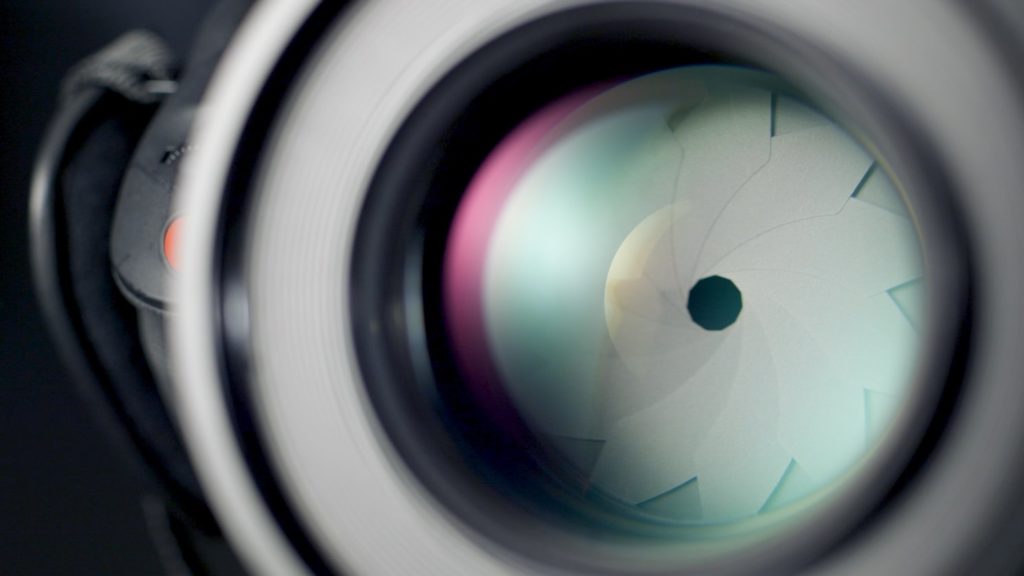
5. Filter Threads
The threads at the end of a lens to accept a filter can often become damaged from not mounting filters correctly, most commonly they get cross-threaded. This kind of damage you'll want to avoid.
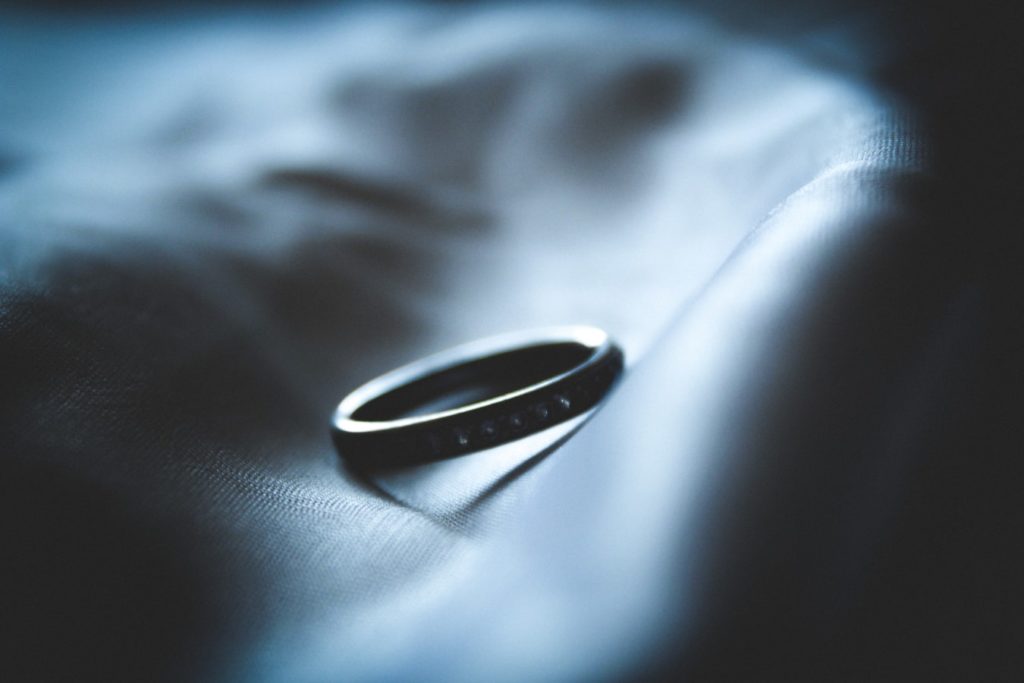
6. Light Damage
If the seller discloses there is light damage and it's a cheap and easy fix, skip the deal. There is no such thing as a cheap and easy fix with lenses, they are almost always expensive.
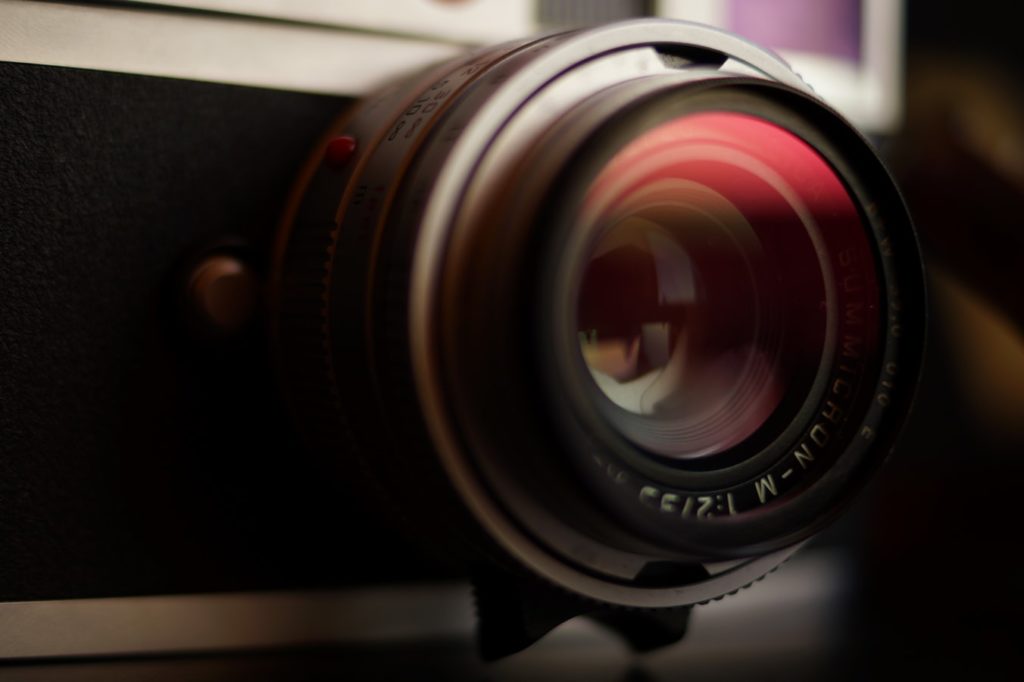
7. Contact Points And Mount Rings
On most all modern lenses there are contact points on the back of the lens that pass the electronic information from the body to the lens for auto focus and aperture control. They are typically gold and if the previous owner didn't keep the lens on a body or a rear lens cap on when not mounted to a body dirt, dust and grime can build up. While back there, take a look at the mounting ring and make sure it's not damaged.
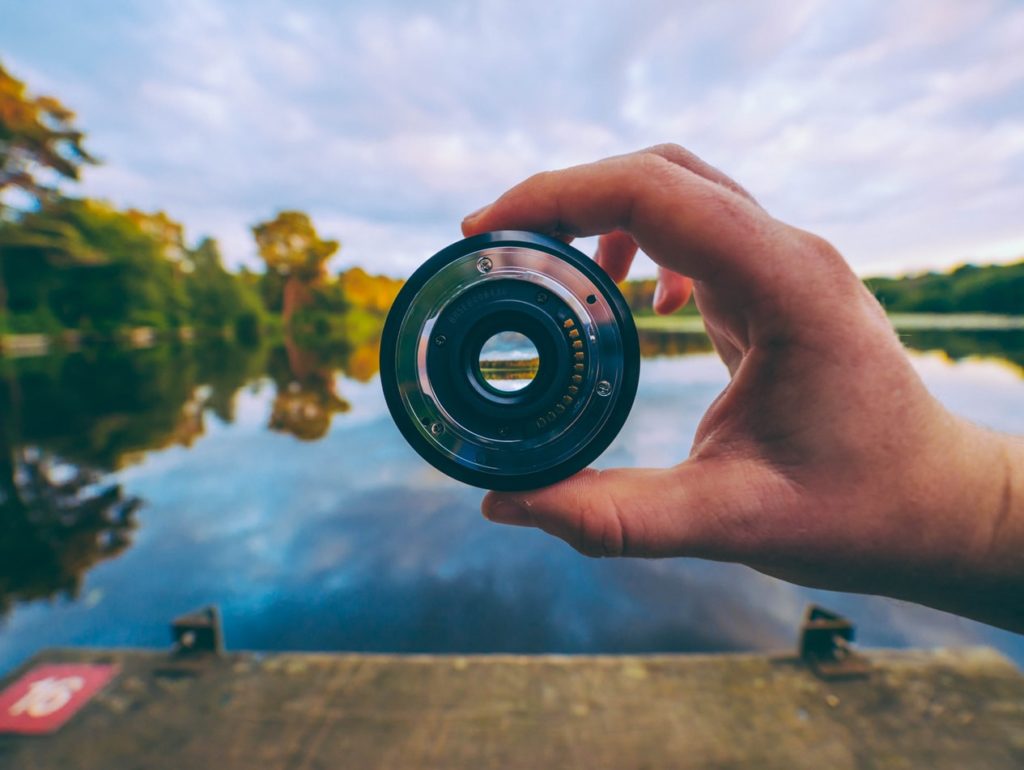
8. Zoom
On lenses that zoom, make sure it does this smoothly. You don't need to mount it to a body to check for this, but it's a good idea if you can anyway. The lens should zoom smoothly, no matter if it's a spin type or push / pull.
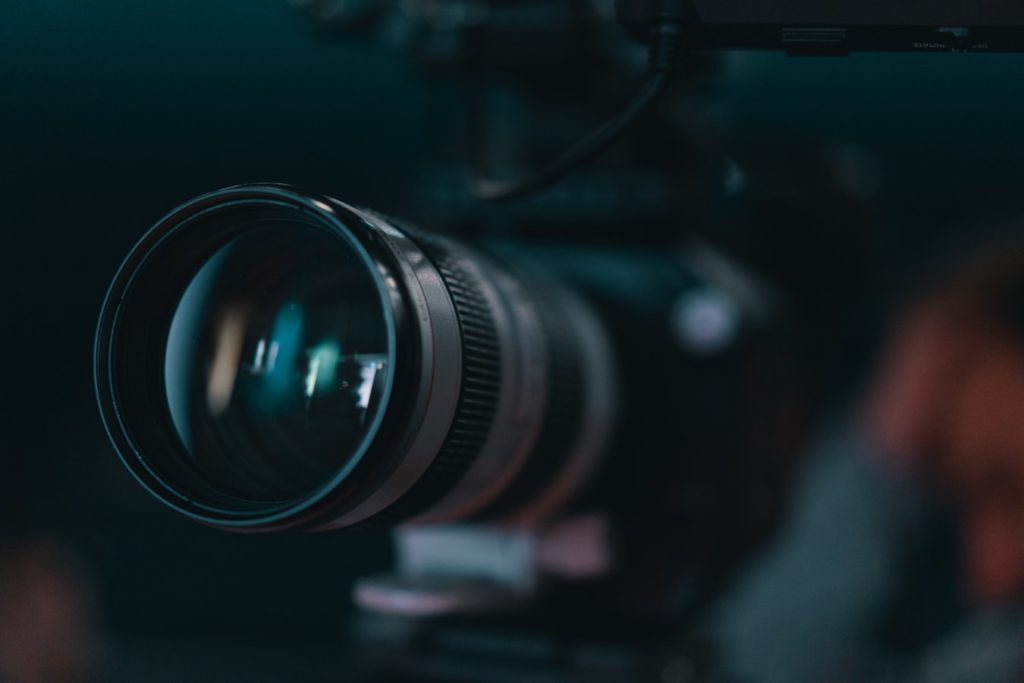
9. Focus
Check the focus of the camera mounted to a camera, the auto focus should happen smoothly and crisply. It's also a good idea to flick the switch on the barrel to manual focus and make sure that it too spins smoothly.
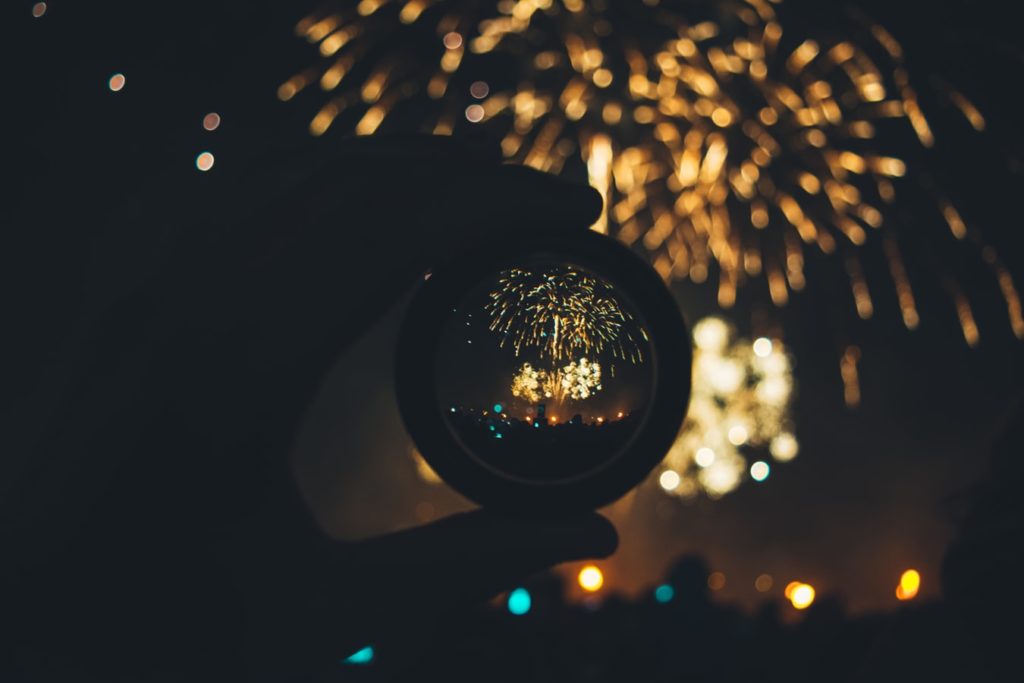
10. Why?
Ask the seller why they are selling the lens. There are plenty of legitimate reasons, such as switching from one platform to another, or they bought it and simply aren't using it anymore, or they've upgraded. Sometimes the lack of reason for the sale can often indicate a hidden problem, so you'll want to avoid it.
I'm a big fan of buying used lenses, simply because when you buy the higher end ones, there is some significant money to be saved and unlike camera bodies, you don't need to worry about more megapixels or faster frames per second coming out. Like most photographers, I started with entry level gear and worked my way up to the higher end lenses. My workhorse of a lens, the Canon 24-70 f/2.8L is a cherished piece in my arsenal and one I've now owned for over five years. Good glass stays good with a little care and maintenance, and should last for many more years to come.
To learn more about buying secondhand lenses, check out the links below.




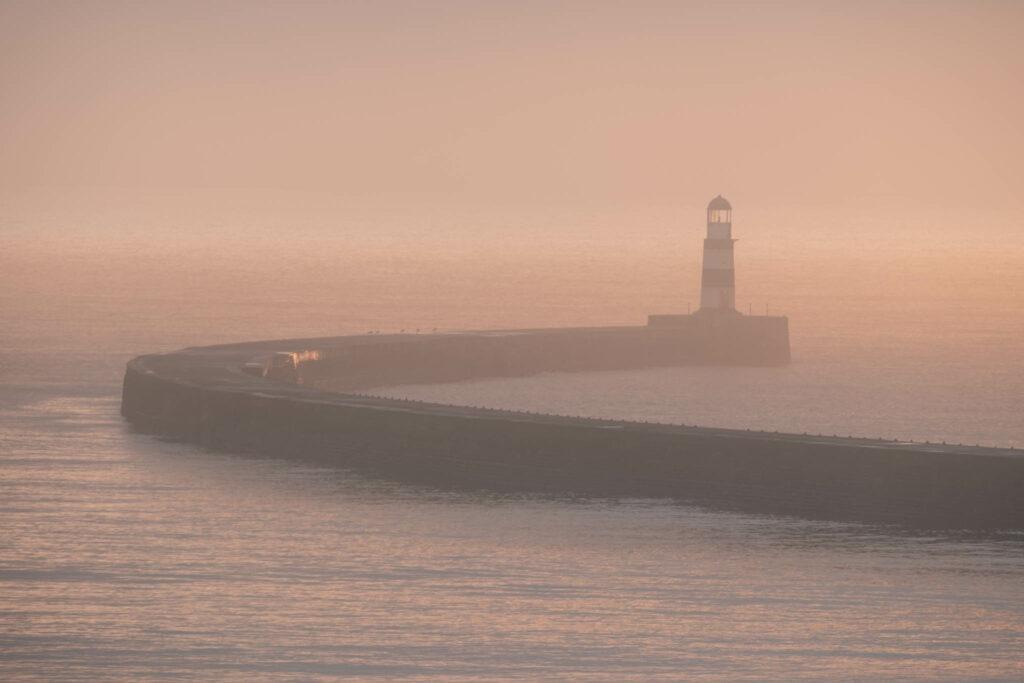

10 Comments
Great post, thanks.
Fred Miranda.com is a great place to buy and sell. Never had a problem there.
Great article. I’m looking around to buy a second hand dslr as a back up to my current one and so these tips will help alot. Thanks. 🙂
Great to know something about buying used glasses, but what about refurbished? Have always felt that there were something fishy about these refurbished lenses or am wrong about this?
would be great to here something about this topic, now that we’re talking about used lenses. 🙂
Hi there! I was actually searching for some online advice on buying someone’s used 24-70mm f/2.8L. She said it’s the first version and it’s about 5-6 years old… she said “heavily used” but no scratches. BUT the price is great!! Im a beginner at all this stuff… do you think it’s OK to buy a lens that old? (My camera is a Canon 40D). Thanks!!
Can canon or Nikon, help us to give certificate on used lens. I am planing to by 18-135 MM STM for canon and planning to go to canon store to check authenticity of the product.. Will canon help us?
Another way to verify the item you want to purchase is to find an expert to inspect the item. It is really important that the inspection should be done by a 3rd party person who will give an honest review and report. Why not use the new Veryfier app to hire an independent third-party person to go out inspect and check the item before you purchase? Download the app at the Veryfier website or go to iTunes store and install the VeryfierApp.
My tip for #11 would be to give the lens a sniff. Hopefully, you don’t smell anything.
If you smell cigarette or tobacco smoke, don’t keep the lens. Once the tar from the smoke gets into the lens, it will never be clean or smell free again.
One worry is that over time the grease in the lens will break down or get clogged. The other problem is that the smoke tar can be helpful for the growth of lens fungus.
Yes! this is a crustal point, but i am worried about how long the smell will remain?
In general it disappear fast.
No …This is not a very complete guide to buying a used lens . A lens can be dropped without any outward physical damage to it . I have seen and tested a few used lenses that looked mint but under certain shooting conditions showed that the focus is off center ( called de-centered ) due to the lens elements not being perfectly inline . This will show up as one side of the photo not being as sharp as the other. Sometimes it is a cheaper lens not put together properly but usually from being dropped or banged hard against another object . This condition is almost impossible to fix and the lens is garbage . If you do not know lenses extremely well , take a friend that does or buy from a shop that will give you some warranty on used equipment or wait till you have the money to buy new .